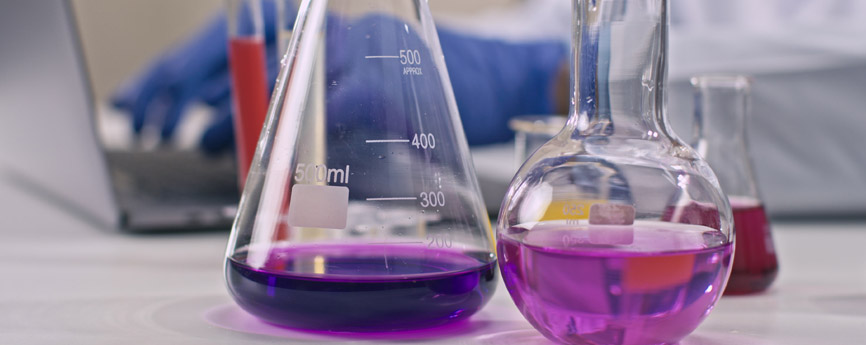What is Nanotechnology?
[

]
It sounds like a word straight out of a science fiction film, but it is actually simpler than its complicated syntax suggests.
Nanotechnology, as the name indicates, focuses on studying, manipulating and innovating with incredibly small substances. To do this, it works with a unit of measure that we do not usually use; the nanometre. To get an idea, a sheet of bond (or letter) paper is around 10,000 nanometres thick, and nanotechnology works with materials of between 1 and 100 nanometres.
So what is the purpose of working in such a microscopic field?
Well, the most interesting thing about nanotechnology is that, at this tiny scale, materials no longer behave as we know them.
Researchers have observed that they acquire different properties. A good example of this is carbon nanotubes (which make up the graphite in pencil lead). According to Dr. Jeffrey A. Schloss, their properties are transformed, and on a nano scale, “they are incredibly strong rather than brittle, and they also have different electrical properties depending on the precise way the atoms are bonded together”.
One of the best known advances in nanotechnology are nanomaterials, elements made up of tiny particles (within the range in which nanotechnology works). If you haven’t heard about them, we explain everything you need to know about nanomaterials here.
What are the applications of nanotechnology?
As we have already mentioned, at this scale materials acquire surprising properties so the great potential of nanotechnology is used to give known materials new applications and open the door to unimaginable advances.
Scientists have found that its applications are extremely diverse; we can find nanomaterials in the formulas of different products and objects, such as sunscreen, improving UV protection and eliminating the white tint that they usually leave on the face, or in the sports industry to create baseball bats based on carbon nanotubes, making them more resistant and less heavy.

How is nanotechnology applied to environmental disinfection?
The field of nanotechnology is growing exponentially and what we know today is just the tip of the iceberg. However, just scratching the surface of this innovative technology has given us new ways to sanitise our environment and, more importantly, ensure longer-lasting cleaning. Let’s explain.
An example that demonstrates the scope of nanotechnology in terms of disinfection are nanolayers, innovative coatings with which it is possible to obtain cost-effective, sustainable and long-lasting cleaning.
A nanolayer can be defined as a thin protective film made up of microscopic particles. It is easy to apply by spraying it onto the material to be protected through a spray system. The particles, up to now in liquid form, solidify and leave behind an invisible, chemically stable layer.
In this way, nanotechnology means we can contribute very interesting qualities that materials do not possess in their natural form. For example, turning a material that is damaged by water into a waterproof surface.
But that is not all. With the help of UV light, we can do even more incredible things with this technology. Through a process called photocatalysis, it is possible to activate certain properties of the nanolayers so they can self-clean and become antibacterial and deodorisers. Are you interested in learning more about this innovative process? Find out about photocatalysis step by step here!
Bibliography
(INSHT), I. N. (2015). Seguridad en el Trabajo con Nanomateriales. Madrid: Centro Nacional de Verificación de Maquinaria. Obtenido de: https://www.insst.es/documents/94886/96076/sst+nanomateriales/bd21b71f-d5ec-4ee8-8129-a4fa58480968
American Chemistry Panel. (2020). ¿Qué es la nanotecnología? Chemical Safety Facts Organization. Obtenido de American Chemistry Panel: https://www.chemicalsafetyfacts.org/es/nanotecnologia/
European Chemicals Agency. (s.f.). Chemicals in our Life. Obtenido de What are nanomaterials?: https://chemicalsinourlife.echa.europa.eu/why-are-nanomaterials-important
Jeffery A. Schloss, P. (s.f.). Nanotecnología. National Human Genome Research Institute. Obtenido de https://www.genome.gov/es/genetics-glossary/Nanotecnologia
Nanoprojects. (2010). Nanocapas para tratamiento de superficies. Sevilla. Obtenido de http://nanoprojects.es/images/dossiers/nanocapas.pdf
Talk to our team.
If you want to know more about our [i]solutions, contact us.

